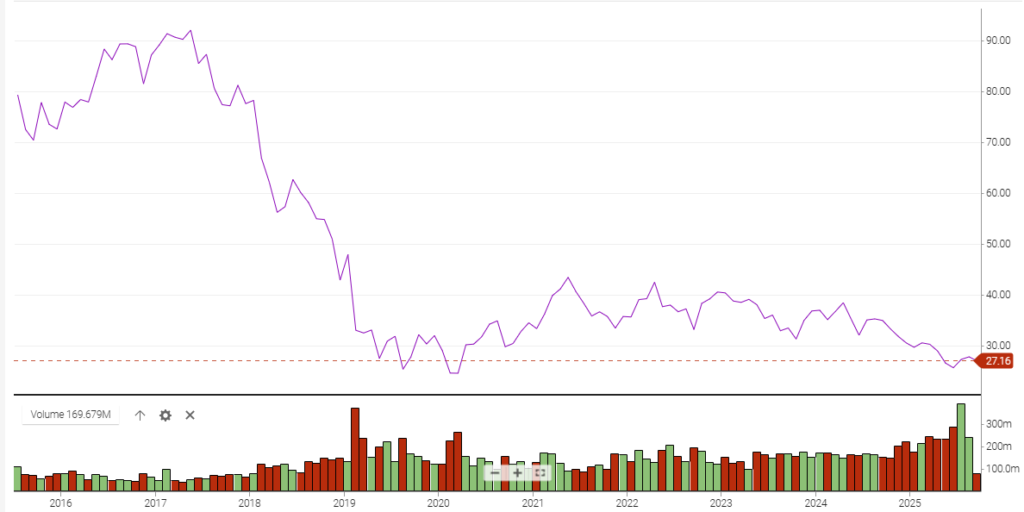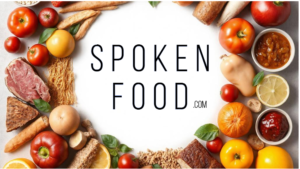From yesterday’s quick hit on the current state of some of the big food companies, we dug further into the situation and found some insights you might want to consider.
First, food is a necessity, not a luxury. Better yet, think of your grocery as a utility, just like your water and light bill. Utilities can’t arbitrarily raise your bill by 30% without a damn good reason. So, why can food companies raise prices higher? What is an adequate profit margin?
Every company’s annual budget contains EXECUTIVE COMPENSATION–all caps…and most people choke when those publicly traded companies reveal a CEO’s salary for the year.
In most cases, it’s gross overcompensation. This is an issue that has gone on across American industry since we became a republic…so, how much is enough, especially when you’re paying extra at the checkout?
Take Kraft Foods and Heinz, for example. 10 years ago, the two companies merged, joining two monster food companies into one in an attempt to corner one aspect of the prepackaged food market, setting distribution and pricing standards few could touch. What they didn’t foresee is the changing landscape of the American appetite, increased overall knowledge of food and nutrition and a desire to eat differently or cleaner.
Compare that to smaller brands introducing products that cut into the KHC model and other factors, and two things are clear: Companies like Kraft/Heinz don’t care, as long as the top brass get their annual bonuses and stock packages, regardless of how poorly the company returned shareholder value, and second, the overall quality of their products isn’t what the American consumer wants to put in their bodies anymore, conveniently packaged or not.
Here’s a chart of Kraft/Heinz’ stock price–symbol KHC– over the past 10 years, since the merger. Doesn’t require a lot of interpretation, does it? The people have spoken, and loudly.

Go ahead and show any Kraft/Heinz executive this chart and you’ll get a vat of excuses, none of which really answer the question, and their deceit is by design. It’s also guaranteed to allow them the kind of compensation and stock packages that could keep a small American town running for years.
Other packaged-food and beverage giants are standing at the same crossroad–see the link below. Increasing consumer frugality, health-conscious preferences, rising input costs, as well as competition from private labels and insurgent brands are hurting top lines and squeezing profit margins, but giants like Kraft/Heinz will never reveal what those margins are supposed to be. Why? Because it runs head-on into the foundation of our Democratic Republic’s economic foundation, which is a market economy and by definition, that means what you are willing to pay for a given item or service.
These are the top 100 food companies in the U.S. in 2025, according to ‘F6S’.
Here’s the rub: Our nation’s food supply is a public trust, like your utility bill. Everyone must eat every day. It’s not a choice. It’s not a question of whether you are willing to eat or not. You have to eat. Our government knows this. They’re part of the scheme, too. So, what you’re willing to pay doesn’t matter. It’s what you’re forced to pay.
Where does it end? When does this surge of food prices end, and when do costs drop back down to a reasonable level that everyone–especially our poorest Americans–can afford? Again, food manufacturing is a public trust. We’re no longer an agriculture-based economy, where everyone grows their own food. We’re reliant on these companies to provide us our daily bread, and of course, there’s a cost involved, but fair pricing doesn’t come into it, if you’re sitting in the CEO’s chair. Besides, what is fair?
Here’s a definition: “Fair” is a one-sided proposition. “Fair” means someone can do to you whatever they want, in a manner that doesn’t give you any choice whatsoever…and there isn’t a damn thing you can do about it.

Then again, maybe there is something you can do (and it’s already being done in the Kraft/Heinz example): You can stop buying their product. Find a better alternative or hope the government and its many agencies can collectively put a stop to price gouging. They know it goes on, the same as you. The FTC and Congress could stop this within 3-6 months, if they chose.
So… why not give them a buzz? For consumers, you can report fraud, scams, and bad business practices at ReportFraud.ftc.gov. Only journalists can email them directly, but you know what? Email them anyway here.
The KHC stock price is proof that Americans clearly aren’t buying their food products anymore. Instead, you’re buying something different, less expensive. Better quality? Maybe, but that’s up to you, the individual consumer, what you choose to put into your body, or rather, what you’re forced to put into your body, based upon price, market conditions and the avarice and greed of the whims of the American food executive.
To them, they’re giving you the privilege of eating another day, based upon what you’ve got in your wallet, ‘cuz they’d take it all if they could. Food for thought (yeah, I had to say it). Bon Appetit.
-MK
Sources: F6S, E*TRADE, Facebook Company Profiles, Children and Young People Now, Yahoo Finance
